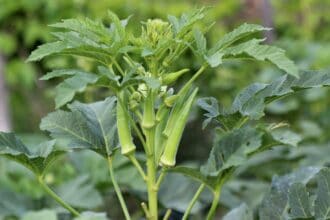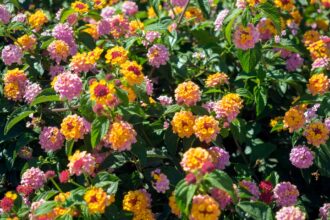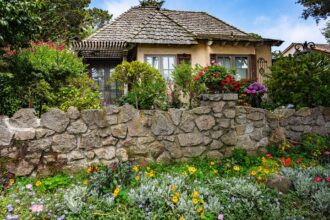
via: Pixabay / sasint
Do you want to know how to plant grass seed? This is the guide for you.
I've received great reviews on my articles about home gardening, so I know people have been enjoying my helpful techniques. I've also been featured on sites like Constant Delights and The Spruce. That's why I know these tips for planting grass seed are just what you need to grow them successfully.
What are you waiting for? Let's get started!
Contents
8 Easy Steps To Follow When Planting Grass Seed For Best Results

via: Unsplash / Dương Trí
If you're a newbie at home gardening and need some lawn care tips to grow plant seeds, you've come to the right place. Most homeowners need to learn how to plant grass seeds. It's a terrific way to increase the amount of green space around your home or improve an existing lawn. Planting or seeding grass is simple and can be done by anyone.
#1. Choose the right grass seeds.
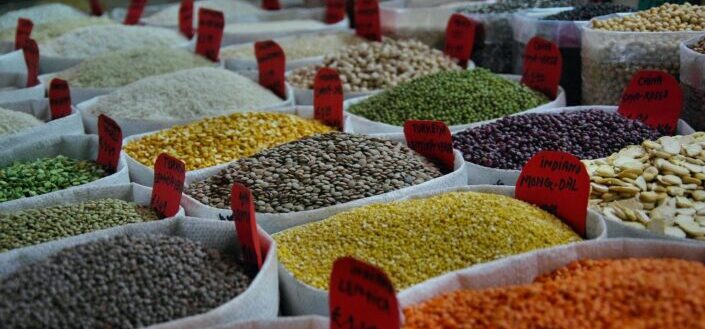
via: Pexels / Viktor Smith
Success in growing grass always starts by ensuring the seeds you choose are of top quality and the ideal grass species for your area. Things such as weather and the amount of sun your yard gets will affect your grass growth.
You'll first need to identify if you need a warm or cool-season grass seed. Take a peek at a world map and identify where your country is. If it is on the northern part of the map, then you need cool-season grasses. If it is in the southern part, warm-season grasses are much better.
The major cool-season varieties are Kentucky bluegrass, fine fescue, tall fescue, and ryegrass. On the other hand, warm-season grass seed varieties include one of the most common lawn grass in the world: Bermuda. Other kinds include Bahia, Centipede, and St. Augustine.
#2. Make sure to prepare your soil.
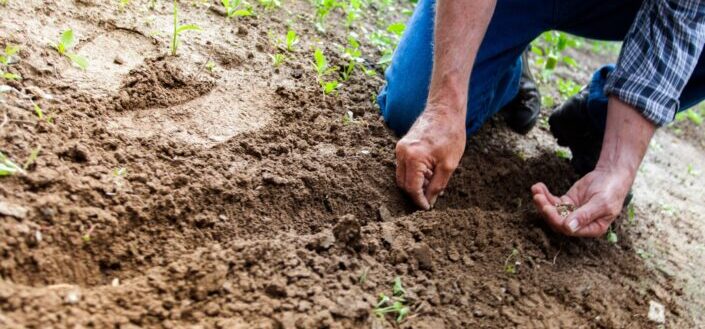
via: Pexels / Binyamin Mellish
To ensure your soil is ready for planting, it's best to do a soil test first. Get a soil test kit from your local gardening shops to check if the soil pH will be good for planting grass seed. Read and follow the instructions on the packet accordingly.
Combining vinegar and baking soda to test soil pH levels is another option. Collect 1 cup of soil from different areas of your lawn, and split it into separate cups. Then, add ½ cup of vinegar to one cup and ½ cup of baking soda to the other. Check to see if the reaction is more acidic or alkaline.
If the soil reacts to the vinegar, it's more alkaline. If it responds to baking soda, it's more acidic. Grass prefers a soil pH range of 6.5-7.0. If your soil is more acidic (below 6.5) or more alkaline (above 7), you'll have to do something about your soil.
Make sure you test the ground only when it's dry because wet soil won't give you accurate results. You can then conduct soil amendment with the help of planting aids after you've collected the results.
Compacted soil won't allow young grass plants to grow well, so make sure to prep the soil before the planting process. If you are planting in a smaller area, such as a bare spot on your lawn, cultivate the location by first removing the dead grass. If it's a larger area, use a shovel or trowel and dig to loosen the top 2 to 3 inches of soil.
#3. Remove debris and soil clumps.
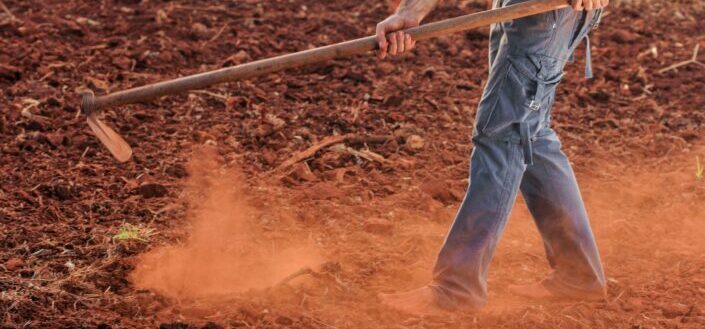
via: Pexels / Rodolfo Clix
Your new lawn deserves to have a little love and care before you add any grass to it. Cleaning it out from debris and soil clumps will help you grow more healthy and even grass. It will save you time, money, and effort when you do this simple task.
Before spreading and planting your seeds, it's important to remove any debris, such as sticks and stones, from the area. Whatever grass type you're planting, they will want ample space and a clean environment to thrive in. It's your job to help them do that by keeping the area neat and free from unnecessary clutter.
Make sure to also break up or remove bigger clumps of soil. Grass seeds grow better when they're not compacted because they need some breathing space. Removing clumps also helps keep the soil moist because the seeds can evenly acquire the water.
#4. Water the area before putting down seeds.
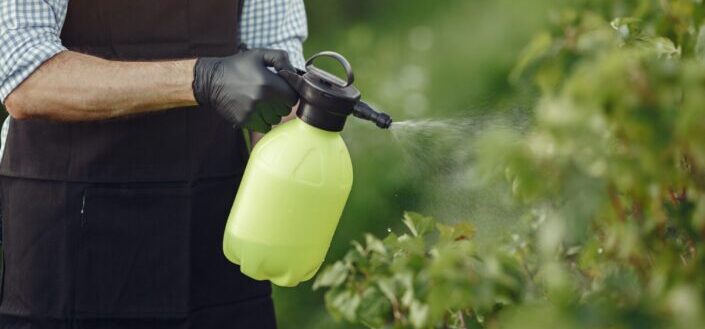
via: Pexels / Gustavo Fring
Wetting the soil before planting your seeds helps encourage speedy seed germination. It's also important that the soil temperature is fit for your seeds.
Spring seeding and dormant seeding won't germinate until soil temperatures are above 50 degrees Fahrenheit. At a depth of 2 inches, you'd want a range of around 50-65 degrees. Once we reach this soil temperature, the process of germination will begin.
#5. Use your hand to plant in smaller areas.
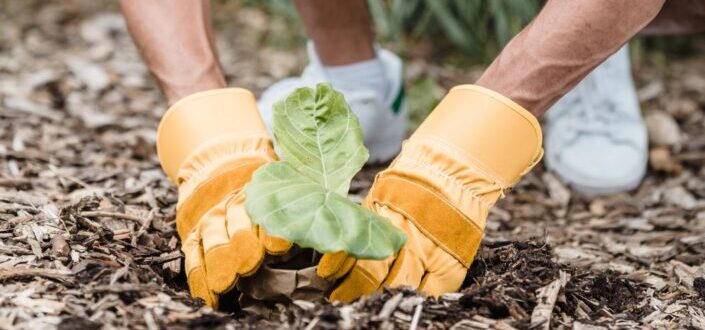
via: Pexels / Lara Jameson
You can easily spread grass seedlings by hand in smaller patches. Simply spread them out evenly, then use your fingers or a hand rake to gently work them into the soil. Ideally, the seeds shouldn't be buried deeper than 1/4 inch as they still need adequate sunlight to germinate.
#6. Use a broadcast or rotary spreader for larger areas.

via: Pexels / Oleksandr Pidvalnyi
Grass seed spreaders are great for larger lawns because they spread seeds by fanning them out in all directions with uniform coverage. You want approximately 15 seeds per square inch of soil. If you have too many together, the seedlings will fight for room and nutrients, resulting in weak and thin grass.
#7. Water Adequately.
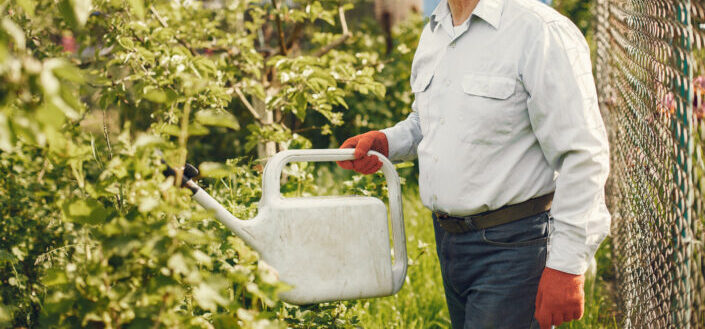
via: Pexels / Gustavo Fring
Never saturate the seeded areas. You want the grass seedbeds moist but not soggy. Watering two or three times a day will help keep the soil at the right water levels, and when grass seedlings begin to grow, gradually water less frequently but in heavier doses. Remember that some turfgrass varieties take longer to germinate, so they will take longer to sprout.
#8. Know when to mow your grass for the first time.
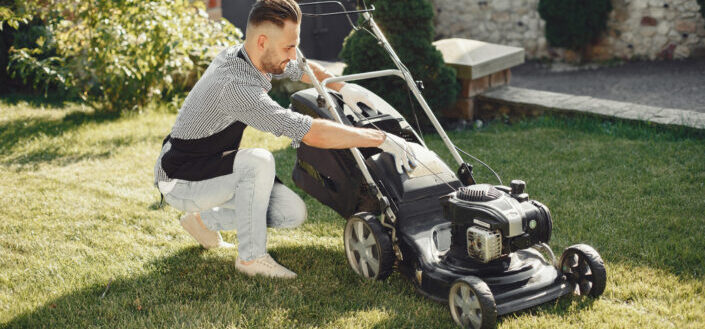
via: Pexels / Gustavo Fring
When your grass reaches a height of 3 inches, it's ready to withstand a run with the lawnmower. For its first season, mow high, not cutting more than 1/3 of the grass blade as it can weaken its growth.
2 Types Of Grass Seeds For Your Lawn
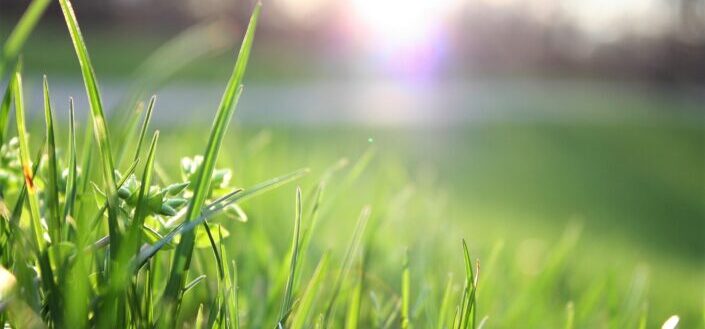
via: Pexels / Matthias Cooper
Choosing a new grass seed can be tricky if you don't know your location and soil situation requirements. That's why we've prepared a helpful list of grass seeds to give you all the info you need before you purchase them.
>
#1. Warm-Season Grasses
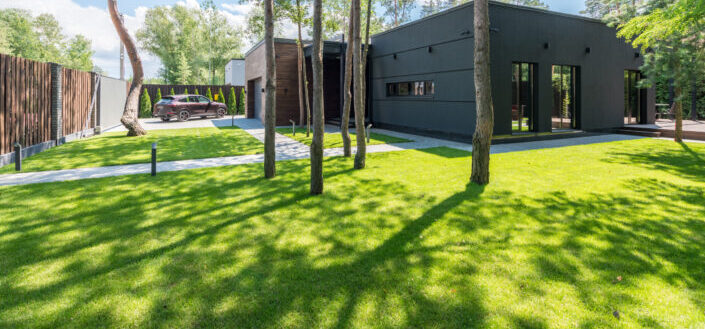
via: Pexels / Max Vakhtbovych
Warm-season grasses are the ones that can withstand the heat and still grow beautifully. Some of these can also survive drought and extreme temperatures. If you're living somewhere that's hot, you should think about getting one of these grass seed varieties. Here are a few warm-season kinds of grass for you to consider:
Bahia
Bahiagrass is valued for outstanding drought and heat tolerance and an ability to thrive where many lawn types of grass falter. In a limited region of southeastern United States, it is used mostly on lawns. Bahiagrass produces a relatively durable, low-growing, low-maintenance turf within this area.
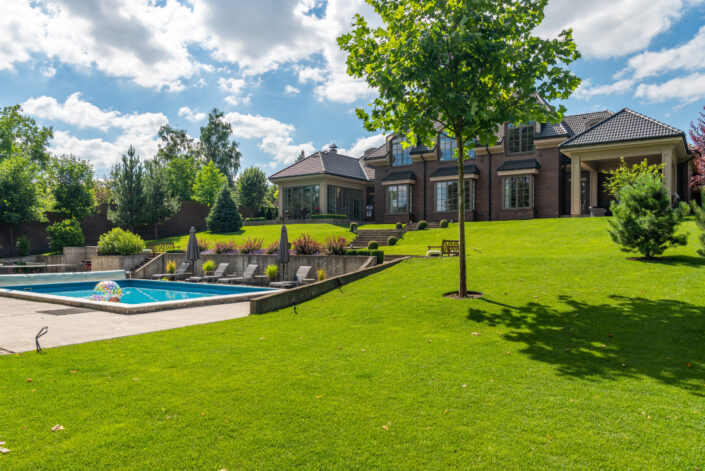
via: Pexels / Max Vakhtbovych
Bermuda
Bermudagrass is valued for its exceptional heat and drought tolerance and its capacity to withstand heavy use and recuperate quickly. This combination leads many U.S. lawn owners to rely on Bermudagrass for its resilience. But Bermuda's climate requirements limit its widespread use.
It is more sensitive to cold temperatures than other warm-season grasses. This lack of tolerance for the cold limits its capacity to grow in the "transition zone," the zone in the middle of the warm-season & cold season zones. South of that region, from the Atlantic across southern states into California, Bermudagrass is the number one lawn choice.
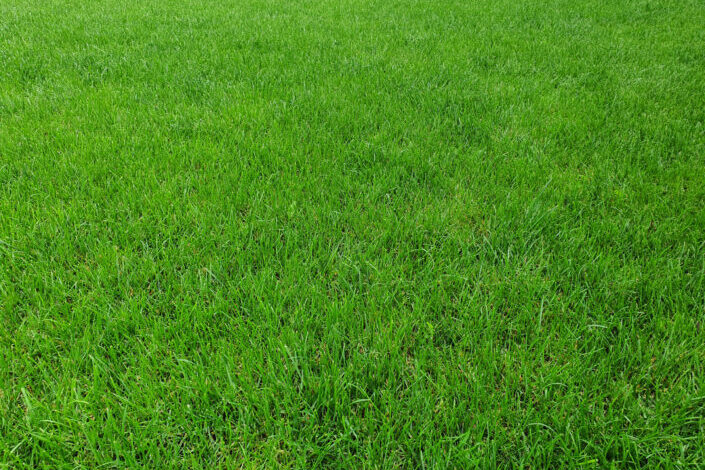
via: Pexels / visionart.av
Centipede
If you want a low-maintenance lawn, the Centipede grass is a great choice for you. This perennial can withstand winters year after year when grown in mild climates. However, it is also more sensitive to cold than many other warm-season grasses.
For instance, it can survive the warm winters in the sandy, acidic soils of the Southeast, from the Carolinas across the Southern Coastal Plains to the Texas Gulf Coast. But, if you go even a little North of that area, the winters will be too much for this grass to survive. Also, the American Southwest region soils are too alkaline for the Centipede grass.
It won't do well under extreme drought, as well. That's another reason Centipede grass loves the Southeast and its high annual rainfall. Compared to other warm-season grasses, the root system of the Centipede is relatively shallow. They require extra vigilance and watering during the low rainfall season.
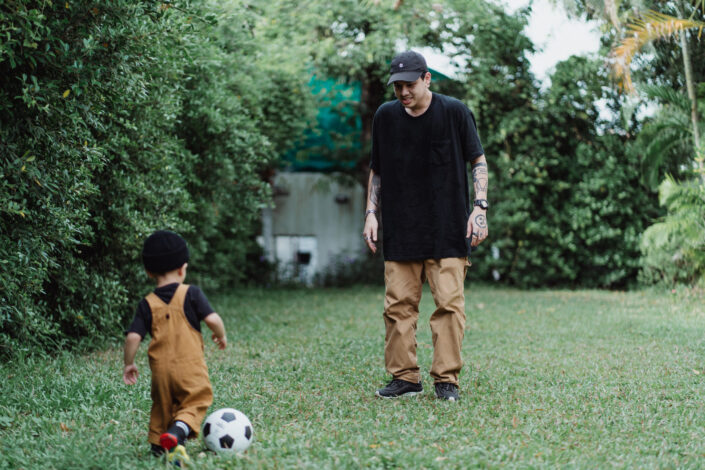
via: Pexels / Ketut Subiyanto
St. Augustine
If you live along the coast, this grass is perfect for you. It has a salt-tolerant quality that makes it survive the salty waters near the sea. It belongs to the Poaceae family, making it a true grass. You will immediately recognize its difference in appearance from other lawn grasses because of its bluish-green leaves and its low creeping habit that allows it to form dense mats. Its blades are also wide and flat.
Growing St. Augustine grass is simple. Make sure it gets lots of sunlight. It can also tolerate some shade. In fact, out of the warm-season grasses, this is the most shade-tolerant. Don't forget to water it regularly and give it a good dose of all-purpose fertilizer to keep it healthy.
In all but the warmest climates in the U.S., such as the southern extremes of Florida and California, St. Augustine grass will turn brown in winter. As long as you are in at least zone 7, don't worry. It's not dead, just dormant. It will become green again when warm weather returns.
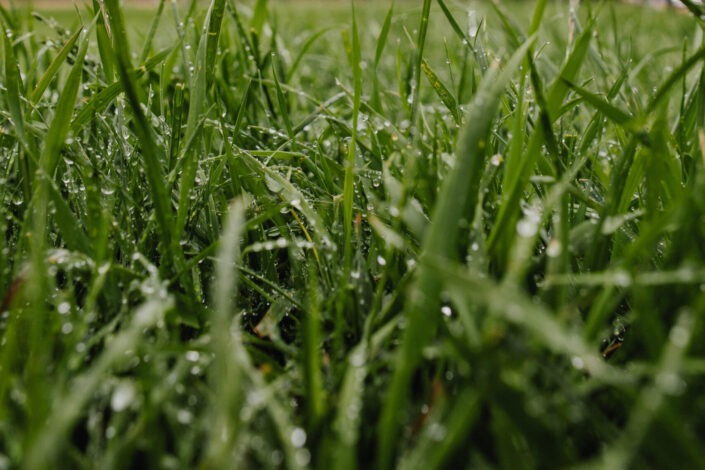
via: Pexels / Max Avans
Zoysia
Zoysia grass was introduced into the United States from Asia and grew best during the warm (80 to 95 °F) months of late spring, summer, and early fall. They grow best during this time and produce a dense, attractive lawn. Zoysia grass will turn brown on the first fall frost and remain dormant during the winter. Most Zoysia grass varieties grow very slowly compared to other grasses and are usually established by sodding or plugging.

via: Pexels / Ketut Subiyanto
#2. Cool-Season Grasses
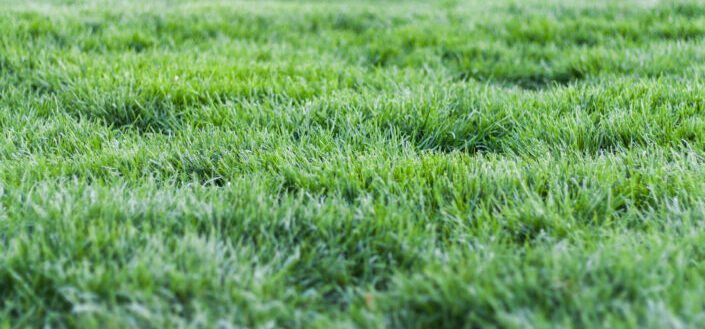
via: Pexels / Kellie Churchman
Cool-season grasses have adapted to grow well in areas of the country that experience extreme temperature fluctuations: cold, freezing winters and hot, dry summers. These grasses grow best when temperatures are between 60-75 degrees F, so they grow most actively in the spring and fall.
Kentucky
In the U.S., many lawn owners consider Kentucky bluegrass the ideal grass for their lawns. When it gets proper care and preferred growing conditions, this grass produces a dense, lush, and durable lawn that lives up to its reputation. It comes back year after year and grows most vigorously during the cool seasons of fall and spring. It has the greatest cold hardiness of all the common cool-season U.S. lawn grasses. It's used most in northern climates where moderately warm summers and cold winters align with its natural preferences and growth cycle.
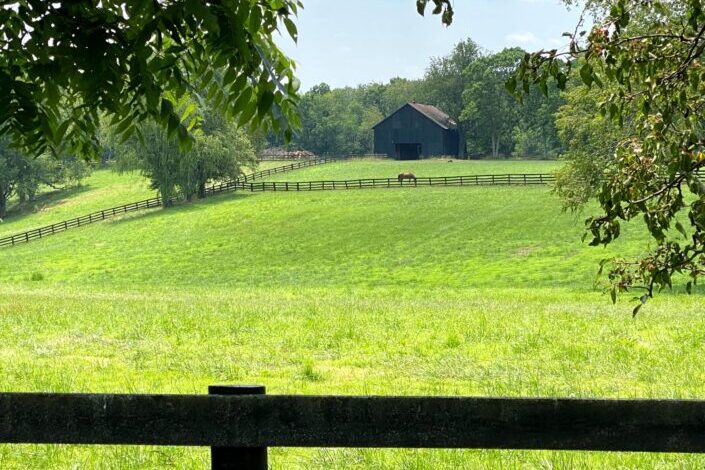
via: Unsplash / Jeff Arnold
Fine Fescue
It is a standard turf grass that is bunching and perennial. This fescue variety is often part of a grass mixture to create a northern shade tolerant grass that doesn't require much moisture and fertilizer. The grass stays green all year long in most regions and is drought tolerant.
There are 5 major species of Fine Fescue: hard, sheep, chewings, creeping red, and slender creeping. These are often sold as a blended seed mix for much better turf vigor. These are optimal for temperate and cooler regions, especially maritime and low mountainous climates.
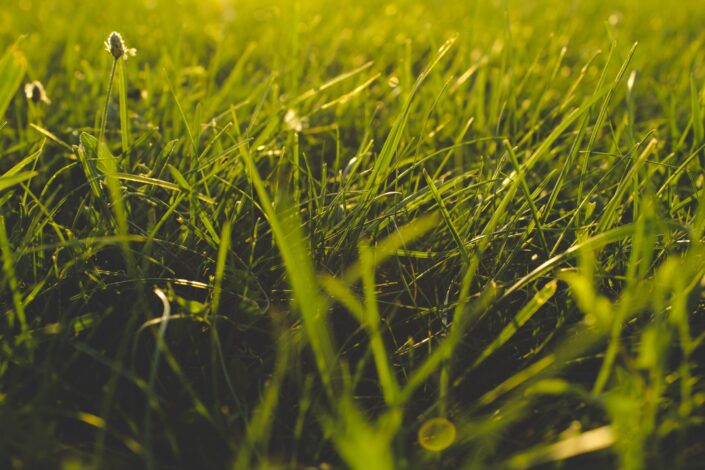
via: Unsplash / Nadine Shaabana
Tall Fescue
As a cool-season grass, tall fescue is well-suited to northern lawns. It can also grow in southern transitional turf grass regions where cool-season and warm-season grasses meet their climate limits. Tall fescue offers greater heat tolerance than other cool-season grasses and greater cold tolerance than warm-season grass options for these lawn owners. The result is beautiful year-round lawns in this challenging transition area.
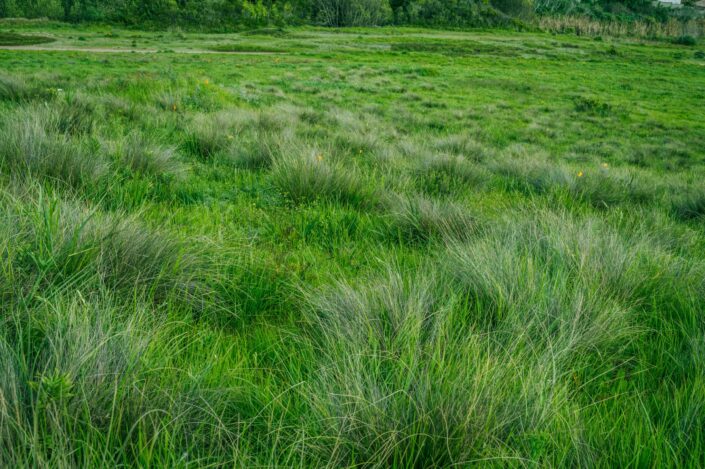
via: Unsplash / Juan Manuel Núñez Méndez
Ryegrass
Perennial ryegrass is used throughout the United States as turf grass and high-quality pasture grass for livestock.
The perennial ryegrass is a short-lived grass that provides quick color, short-term erosion control, or temporary stability for a season. Turf-type perennial ryegrass is used in those same ways, but it comes back year after year in northern climates to establish a permanent lawn. Also, ryegrass is ideally sown in late summer or spring.
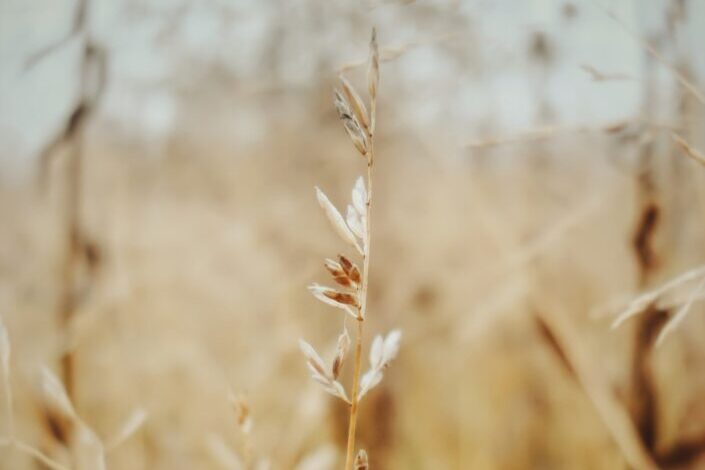
via: Pexels / Eugene Golovesov
Frequently Asked Questions

via: Pexels / ROMAN ODINTSOV
Are you all set on planting grass seed? If you have some more queries, these frequently asked questions can give you more information.
When to plant grass seed?
Plant cool-season grass seed in late summer or early fall (when daytime temperatures lower to about 60 to 75 degrees) for best success. September is typically the best month, although you might be able to get away with seeding as early as mid-August or as late as mid-October. On the other hand, the best time to plant warm-season grass seeds is late spring or early summer, or when temperatures hover near 80 degrees or higher in your area.
Do I need to top dress my lawn with compost?
Yes, you do. Topdressing a lawn adds organic matter to the soil, enhancing its growing capacity. It also helps the grass get proper drainage and better tilth. Applying compost also improves germination and retains moisture.
How long does a grass seed germinate?
Most grass seeds will be growing in about 10-15 days. Sometimes it takes up to 30 days for them to grow. It all depends on the type of grass seed, weather, soil conditions, etc.
When do I give my new grass its first mow?
Mowing is the most important lawn care job there is. A regular, sensible mowing routine will keep your lawn robust, healthy, and beautiful. But you must get it right from the very start. Your newly turfed lawn will probably need its first cut after a week or so in spring and summer.
More Interesting Planting Guide Articles To Explore
Do you need some more help with your home gardening escapades? Here are more interesting planting guide articles to explore:
- Do you want to have some fresh berries in your home garden? This guide on how to plant blueberries can help you get a head start on that.
- Dahlias are great additions to make your garden look vibrant and beautiful. Check out this guide on how to plant dahlia tubers and see how easy it can be.
- Are you looking for a low-maintenance plant to add to your garden? You'll have a blast with this guide on how to plant succulents.
Conclusion
Didn't I tell you you'd learn how to plant grass seed by the end of this post?
These tips for planting grass seed aren't just going to help you plant them, but they also help you make them healthier and more long-lasting. They'll help you choose what kind to get and avoid. You'll also find that location and climate have a lot to do with how your grass seed will grow. Share these tips with a fellow home gardener and see how thankful they will be when they have a fresh lawn with healthy grass.



